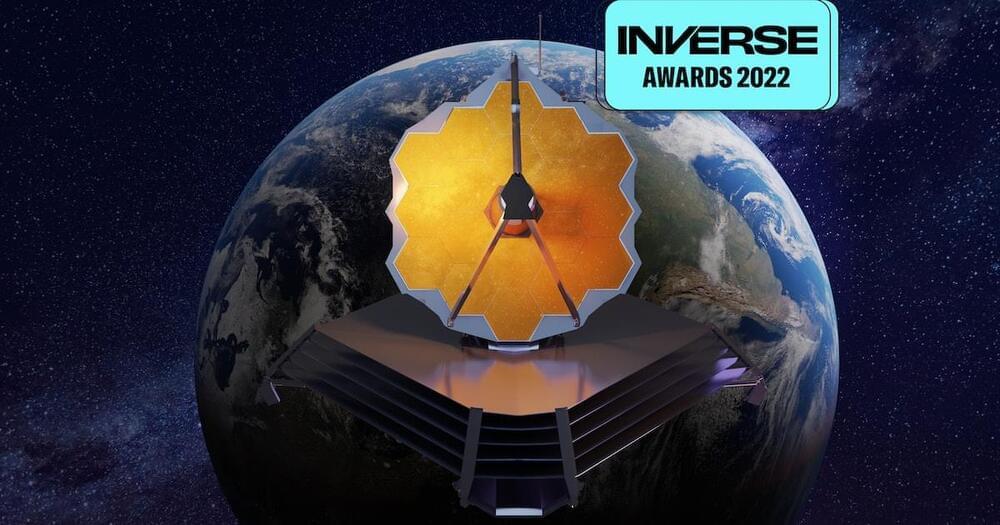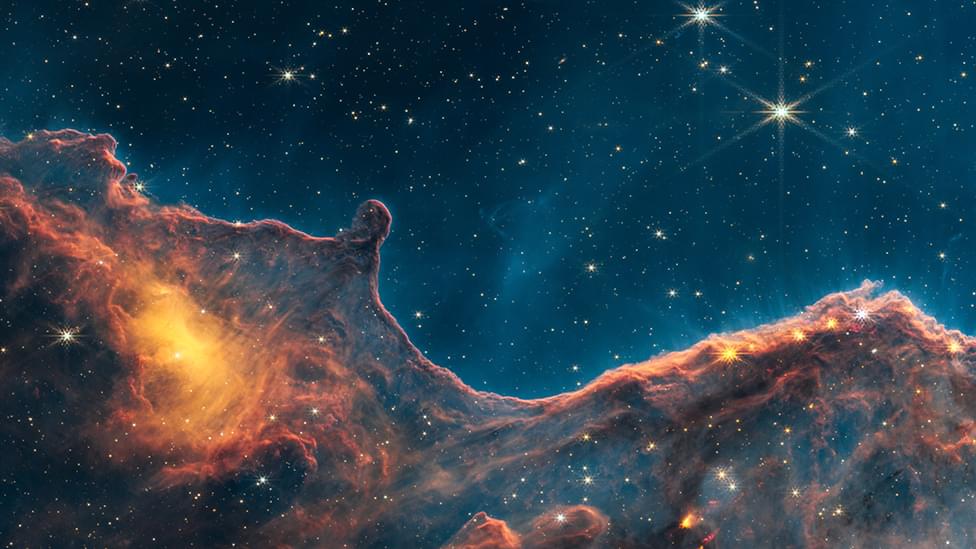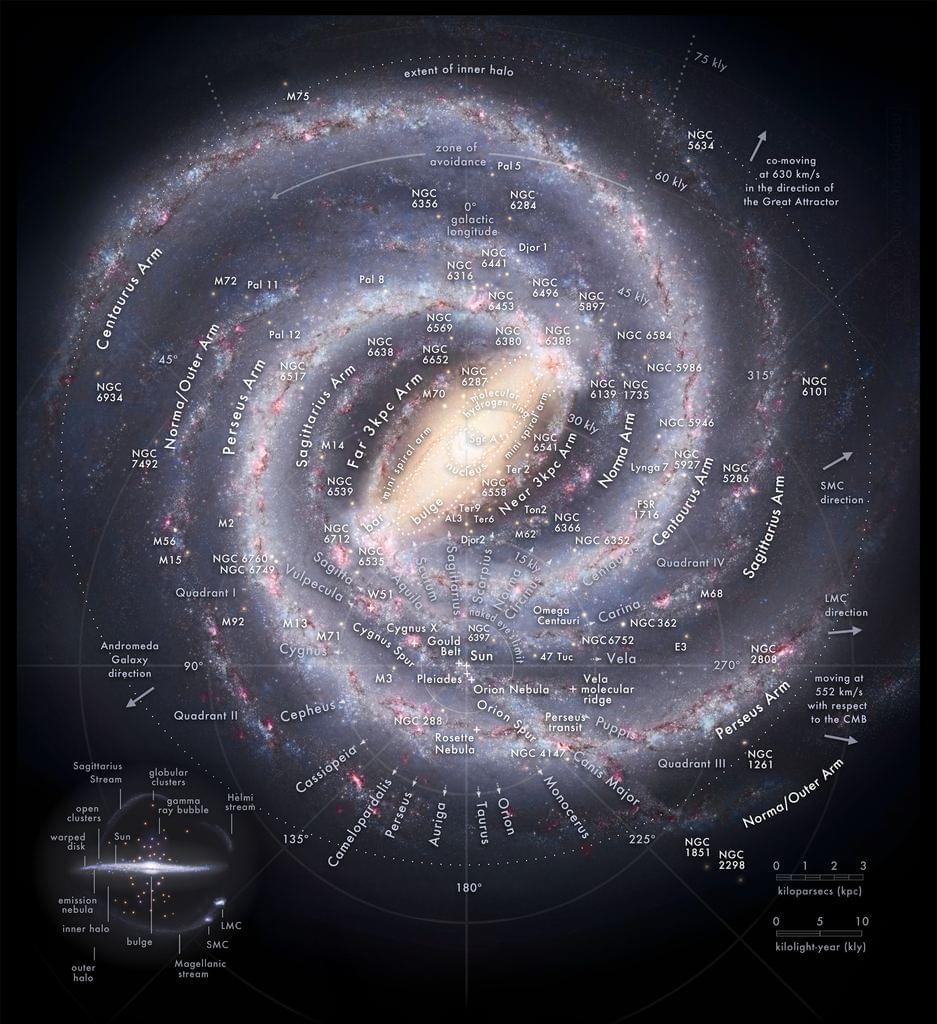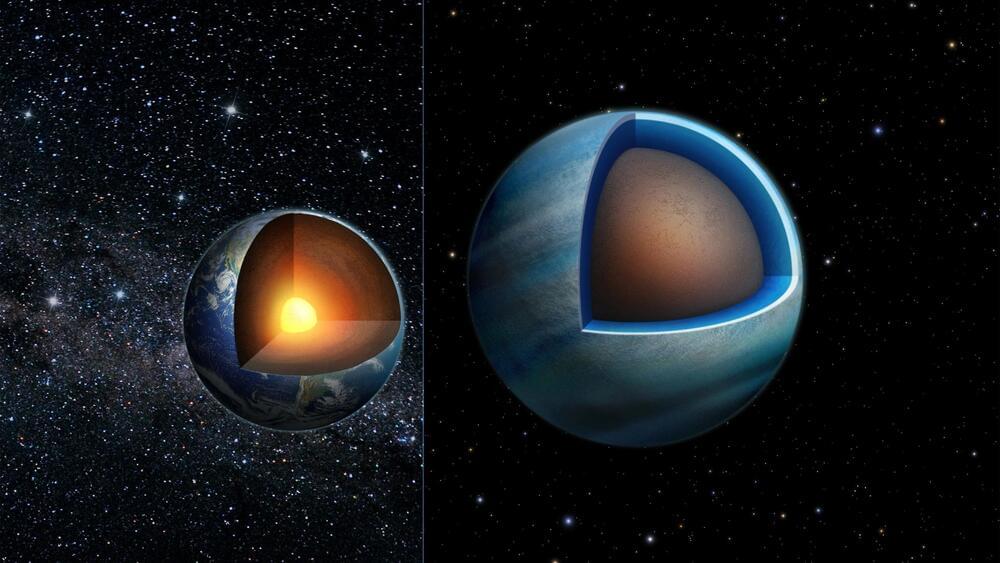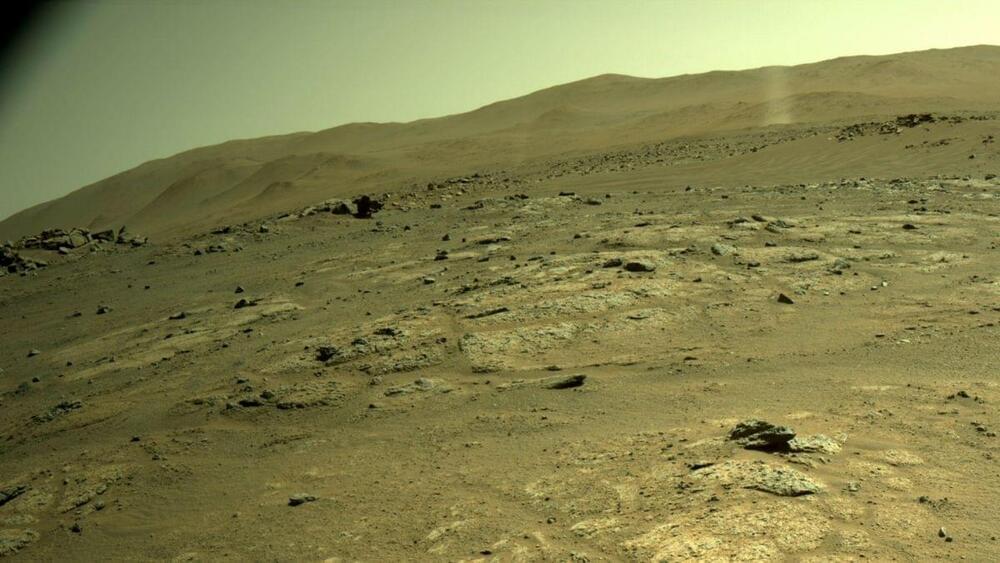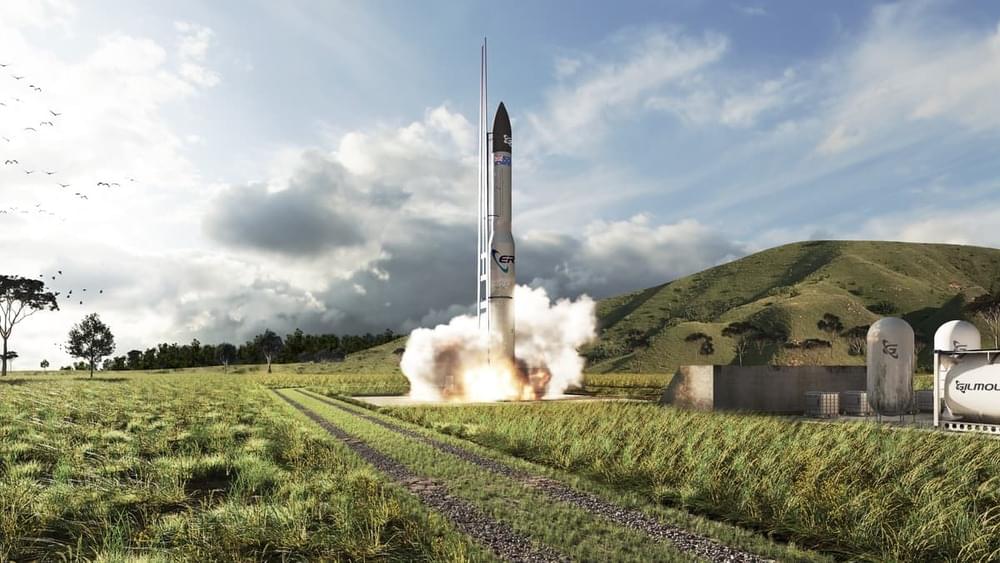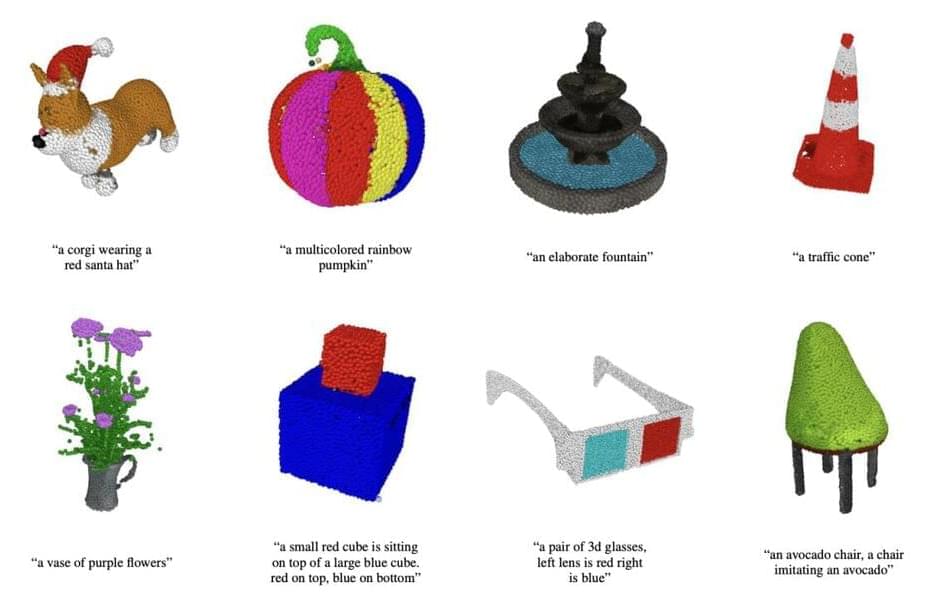
The next breakthrough to take the AI world by storm might be 3D model generators. This week, OpenAI open sourced Point-E, a machine learning system that creates a 3D object given a text prompt. According to a paper published alongside the code base, Point-E can produce 3D models in one to two minutes on a single Nvidia V100 GPU.
Point-E doesn’t create 3D objects in the traditional sense. Rather, it generates point clouds, or discrete sets of data points in space that represent a 3D shape — hence the cheeky abbreviation. (The “E” in Point-E is short for “efficiency,” because it’s ostensibly faster than previous 3D object generation approaches.) Point clouds are easier to synthesize from a computational standpoint, but they don’t capture an object’s fine-grained shape or texture — a key limitation of Point-E currently.
To get around this limitation, the Point-E team trained an additional AI system to convert Point-E’s point clouds to meshes. (Meshes — the collections of vertices, edges and faces that define an object — are commonly used in 3D modeling and design.) But they note in the paper that the model can sometimes miss certain parts of objects, resulting in blocky or distorted shapes.
